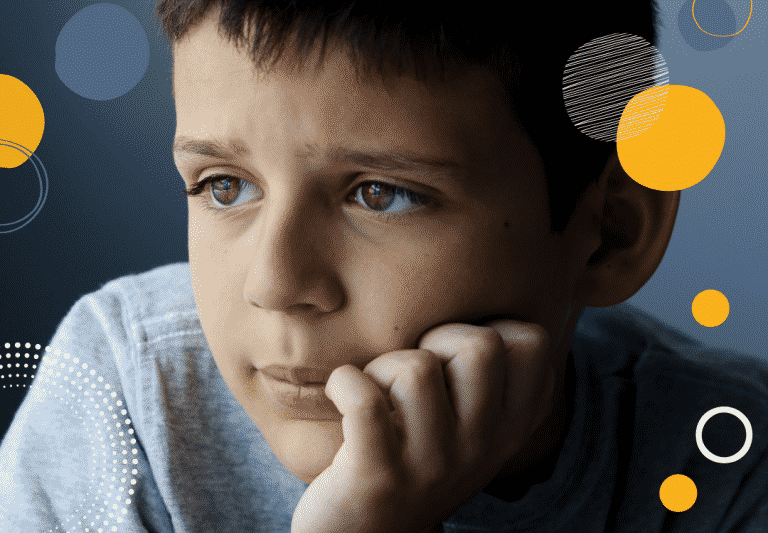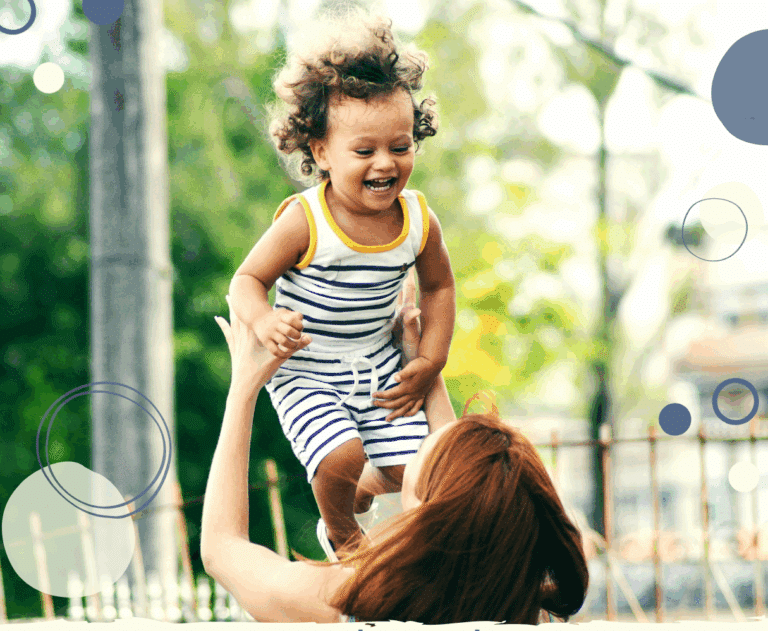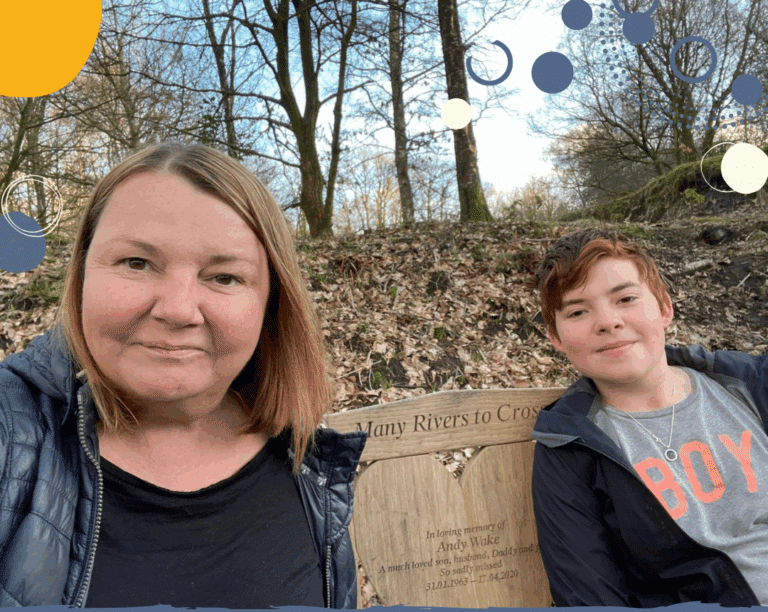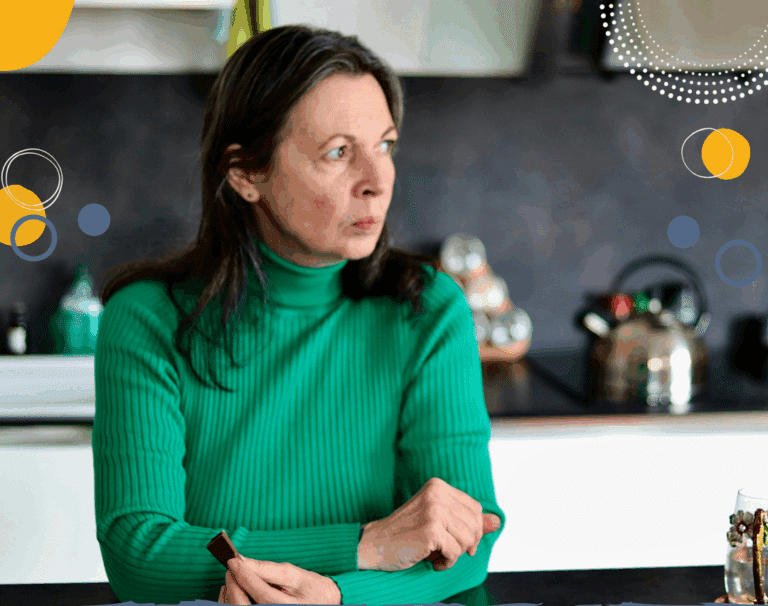Using ‘mental gym’ to support children with anxiety
The principle of mental gym is quite simple. It is a way of practising different thought patterns in order to develop more flexible thinking and break out of negative responses. Mental gym is especially useful for tackling anxiety as it helps us to unpick the connection between our thoughts and the overwhelming sensations that flood in during an anxious reaction.
If your child is prone to worries, practising mental gym will help them understand their anxiety better and open up different ways of responding that could reduce their anxious episodes.
The best way to teach your child how to do mental gym is to try it out for yourself first. What makes you anxious? Identify a situation that makes you feel anxious and work through the steps below – or use this readymade example:
Your child has come home with a ‘FAIL’ for a piece of Maths homework. You become anxious that they won’t keep up at school and this will have a negative impact on their future prospects.
The Mental Gym Steps
- Step 1: Establish the facts. In this example, the fact is they have not reached the required standard in this piece of homework.
- Step 2: Identify your thoughts (and the beliefs underlying them). For example, you might be thinking that they failed because they don’t try hard enough and don’t understand the importance of schoolwork? Perhaps you believe that if they don’t do well at school that will impact on them for the rest of their life? Or, you might be thinking that it’s your fault they failed because you didn’t help them?
- Step 3: Focus on your physical sensations, actions and emotions. Is your heart racing? Your head hurting? Your stomach churning? What would you call this feeling? Fear? Panic? Worry? What are you doing? Having a go at your child?
- Step 4: Go back to the facts (step 1). Is there an alternative way of thinking about these facts (step 2)? For example, perhaps your child finds Maths hard or misunderstood the task? Perhaps the unique talents that will help them succeed in life lie elsewhere? Perhaps they ran out of time because they were prioritising something else? What actions and emotions might those alternative thoughts and beliefs lead to (step 3)?
The purpose of this exercise is to help us understand that the way we interpret a situation (our thoughts and beliefs about it) will directly influence how we feel (physically and emotionally) and how we act. One thought might lead to an anxious or angry response while an alternative thought might lead to a calm response. It’s not the situation that provokes our response, it is our thoughts about that situation.
How mental gym helps anxious children
When we feel anxious, the emotional and physical sensations can feel overwhelming. It all seems to arrive in a rush and we lose sight of the thoughts that triggered the anxious response. Children often believe it is the situation that is making them anxious – the approaching dog, the exam, the playground – rather than their thoughts about that situation. If we can help children see that thoughts are not facts and that there are different ways of thinking about the same situation then we open up the possibility of influencing how they react to that triggering situation.
Practice makes perfect
Just like the physical gym, you won’t get much success just visiting the mental gym once. Catching our triggering thoughts takes practice. When a child is in the middle of an acute anxiety response that is seldom the best time to try and get them to think more flexibly for the first time. Practising mental gym when they are calm (or just mildly worried) will help them develop their thinking skills. You can use story books or examples from friends or family to help them work through the steps indirectly in a safe context (see How to use Story Time to understand your child better or Books to help children with anxiety for ideas).
If it helps, you can rename ‘mental gym’ the ABC model (A = Activating event, B = Belief, C = Consequence) – whatever makes it accessible and memorable for your child. You might also want to check out some mindfulness apps or teach them some self-soothe strategies for calming their physical responses.
Does your child suffer from ANXIETY? We offer specialised support for parents to help you learn how to support an anxious child/teenager and build their confidence. Details here.






